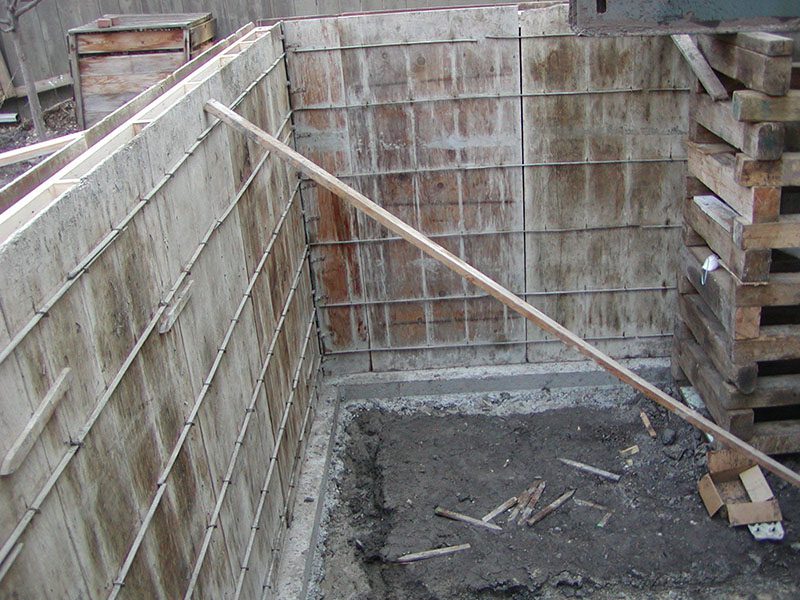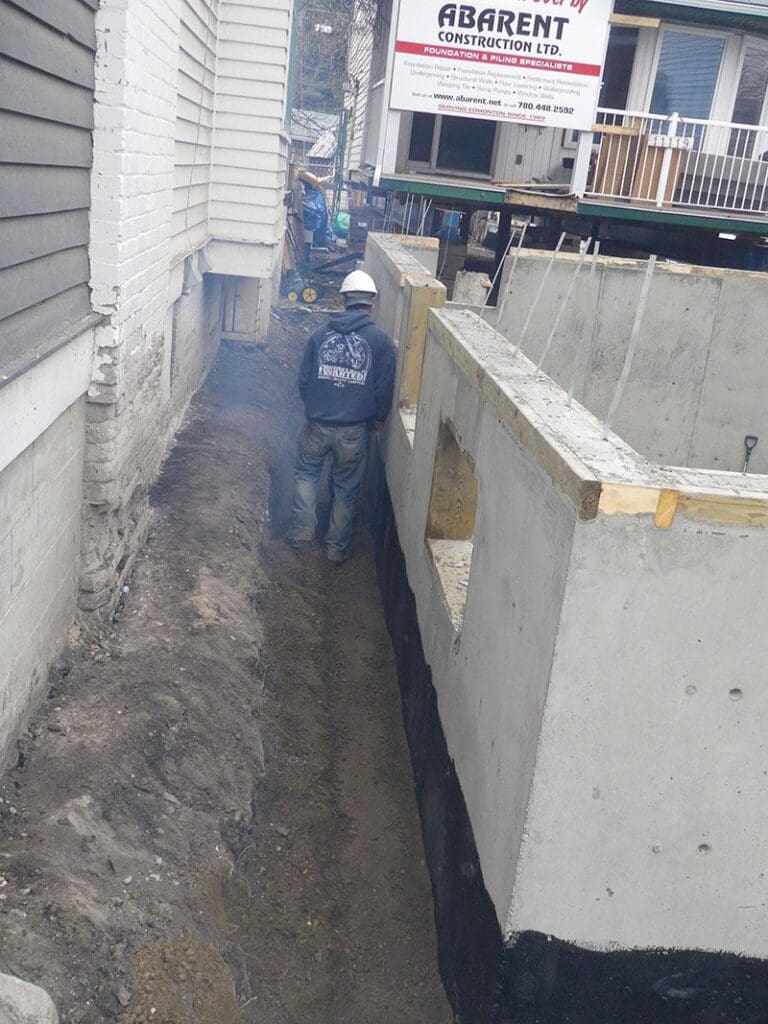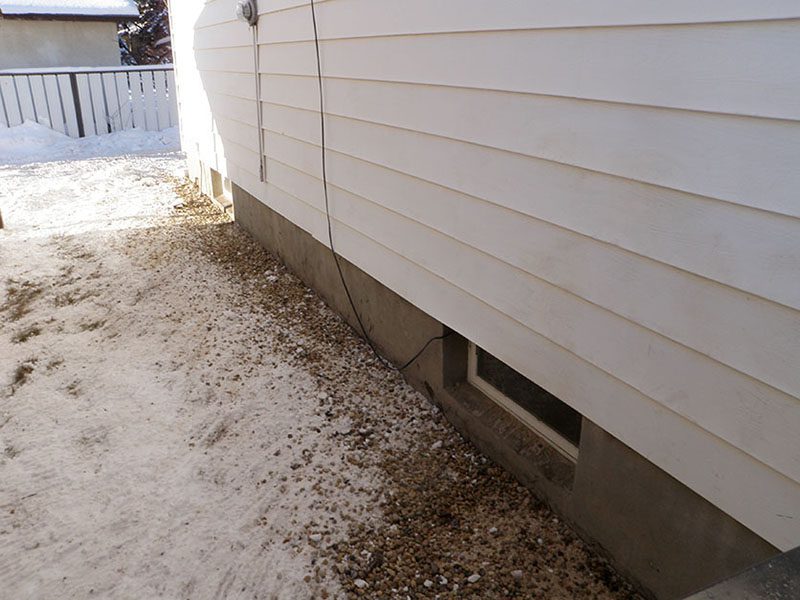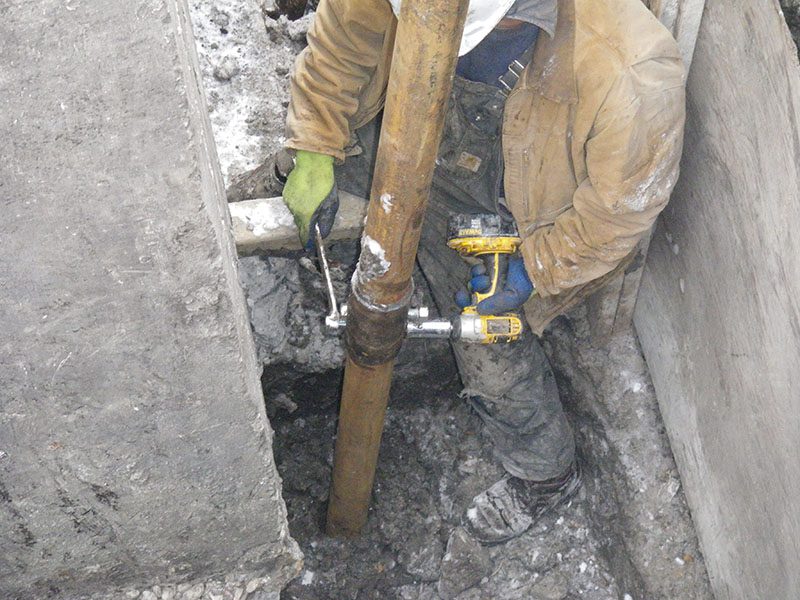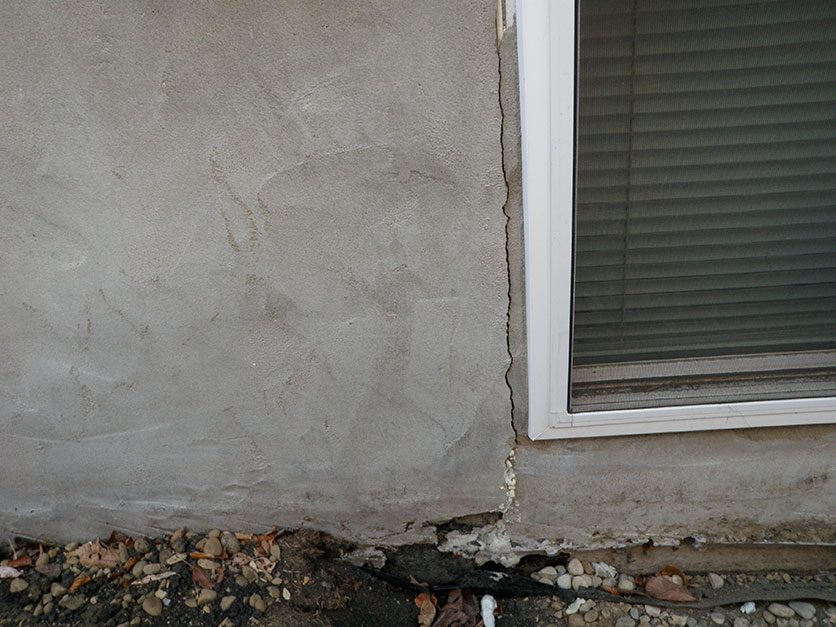How to Choose the Right Basement Wall Waterproofing Certified Contractor
Professional basement wall waterproofing contractors play a vital role in protecting residential home foundations from moisture damage. Abarent Construction, with over 35 years of industry experience in Edmonton and Vancouver, delivers expert basement waterproofing solutions backed by engineering expertise and industry certifications. Homeowners seeking reliable basement waterproofing services in Edmonton benefit from certified professional contractors who understand local soil conditions and climate challenges specific to the northern Alberta region.
Key Takeaways About Choosing a Basement Wall Waterproofing Certified Contractor
- Professional basement waterproofing contractors use advanced equipment like digital moisture meters and thermal imaging cameras to detect hidden moisture problems and assess foundation health accurately.
- Engineering certifications from organizations like the Basement Health Association validate a contractor’s expertise in structural assessment and moisture control techniques for residential foundations.
- Abarent Construction delivers expert basement waterproofing solutions with over 35 years of industry experience in Edmonton and Vancouver, backed by engineering expertise and comprehensive service warranties.
- Modern waterproofing technologies such as crystalline waterproofing create permanent moisture barriers within concrete structures by filling microscopic pores and capillaries for superior protection.
- Warranty transfer terms enhance property resale value by maintaining coverage through ownership changes, making professional waterproofing services a worthwhile long-term investment.
- Climate conditions directly impact waterproofing material performance, with freeze-thaw cycles causing expansion and contraction of foundation structures that affect system durability over time.
- Professional basement waterproofing prevents mold growth and maintains healthy indoor environments by eliminating moisture sources that contribute to air quality issues in homes.
Professional Engineering Certifications Enhance Project Success Rates
Professional basement waterproofing contractors must possess engineering certifications from recognized industry associations such as the Basement Health Association and Waterproofing Contractors Association. Engineering credentials validate a contractor’s expertise in structural assessment and moisture control techniques for residential foundations. Industry associations establish strict quality standards for basement waterproofing practices in each geographic region based on local building codes and environmental factors. Professional basement waterproofing maintenance standards ensure long-term foundation protection through regular safety inspections and preventative care.
Engineering Inspections Determine Long-Term Protection Solutions
Professional inspection reports include detailed moisture mapping and hydrostatic pressure measurements throughout the foundation perimeter. Certified building inspectors utilize advanced moisture detection equipment to identify problem areas and potential vulnerabilities within the basement structure. Structural assessment reports document existing water damage and recommend appropriate remediation strategies based on engineering principles. Engineering inspection protocols ensure comprehensive evaluation of basement moisture issues from both interior and exterior perspectives.
Essential Equipment Professional Waterproofing Contractors Must Use
- Digital moisture meters measure water content in foundation walls.
- Thermal imaging cameras detect hidden moisture patterns.
- Hydrostatic pressure testing equipment assesses water table impacts.
- Core sampling tools evaluate soil composition around foundations.
- Crack monitoring devices track foundation movement patterns.
- pH testing kits evaluate soil acidity levels near foundations.
- Air quality monitors assess basement ventilation conditions.
Professional Waterproofing Methods Require Technical Expertise
Modern exterior membrane applications demand specialized knowledge of soil conditions and drainage requirements for optimal performance. Foundation preparation techniques ensure proper adhesion of waterproofing materials to basement walls through careful surface cleaning and surface treatment. Advanced drainage solutions protect foundations from hydrostatic pressure buildup by directing groundwater away from the structure. Quality basement wall waterproofing membranes provide reliable moisture protection when properly installed according to manufacturer specifications.
Modern Waterproofing Technologies Transform Basement Protection
Crystalline waterproofing technology creates permanent moisture barriers within concrete structures by filling microscopic pores and capillaries. Smart moisture detection systems provide early warning of potential water intrusion issues through wireless monitoring technology. Advanced vapor barrier solutions offer superior protection against moisture migration through multiple layers of specialized materials. Professional basement waterproofing solutions outperform DIY methods in long-term effectiveness due to superior construction materials and installation techniques.
Comprehensive Service Guarantees Protect Homeowner Investments
Certified Professional waterproofing contractors offer detailed warranty coverage for installed systems with clearly defined terms and conditions. Service guarantee terms specify maintenance requirements and coverage limitations to ensure system longevity. Protection plan options provide different levels of long-term coverage for waterproofing systems based on homeowner needs and budget considerations. Basement waterproofing warranty coverage affects insurance policies and home protection plans by reducing risk factors for water damage claims.
What Makes Service Warranties Worth The Investment
Warranty transfer terms protect future homeowners and enhance property resale value by maintaining coverage through ownership changes. Coverage exclusion details outline specific conditions that may void warranty protection such as homeowner modifications or natural disasters. Insurance coverage options provide additional protection beyond standard warranty terms for comprehensive peace of mind. Proper basement waterproofing prevents mold growth and maintains healthy indoor environments by eliminating moisture sources that contribute to air quality issues.
Waterproofing Material Selection Impacts Project Longevity
Material durability ratings determine suitability for specific soil and climate conditions based on manufacturer testing and industry standards. Environmental resistance factors influence waterproofing system performance over time, particularly in areas with extreme temperature variations. Climate zone specifications guide material selection for optimal performance in different geographic regions with varying moisture levels. Professional basement waterproofing systems prevent pest problems through proper material selection and installation techniques that eliminate entry points.
How Climate Conditions Affect Material Performance
Freeze-thaw cycles affect material durability and system performance characteristics by causing expansion and contraction of foundation structures. Environmental stress testing validates material performance under extreme weather conditions to ensure long-term protection in challenging climates. Seasonal weather changes require specific material properties to maintain effectiveness throughout the year as moisture levels and ground conditions fluctuate.
Abarent Construction provides expert basement waterproofing services with comprehensive service warranties and engineering support for residential properties. Homeowners seeking professional basement waterproofing in Vancouver can trust Abarent’s experienced team to deliver lasting protection for their foundations through proven techniques and quality construction materials.
